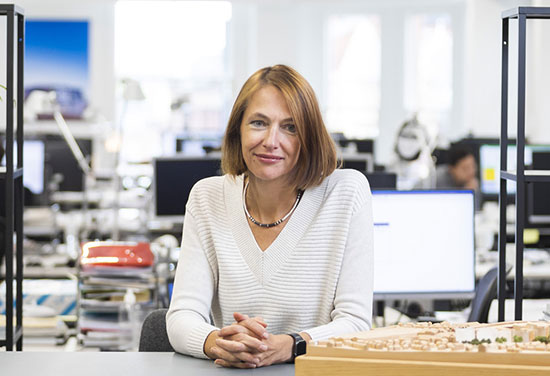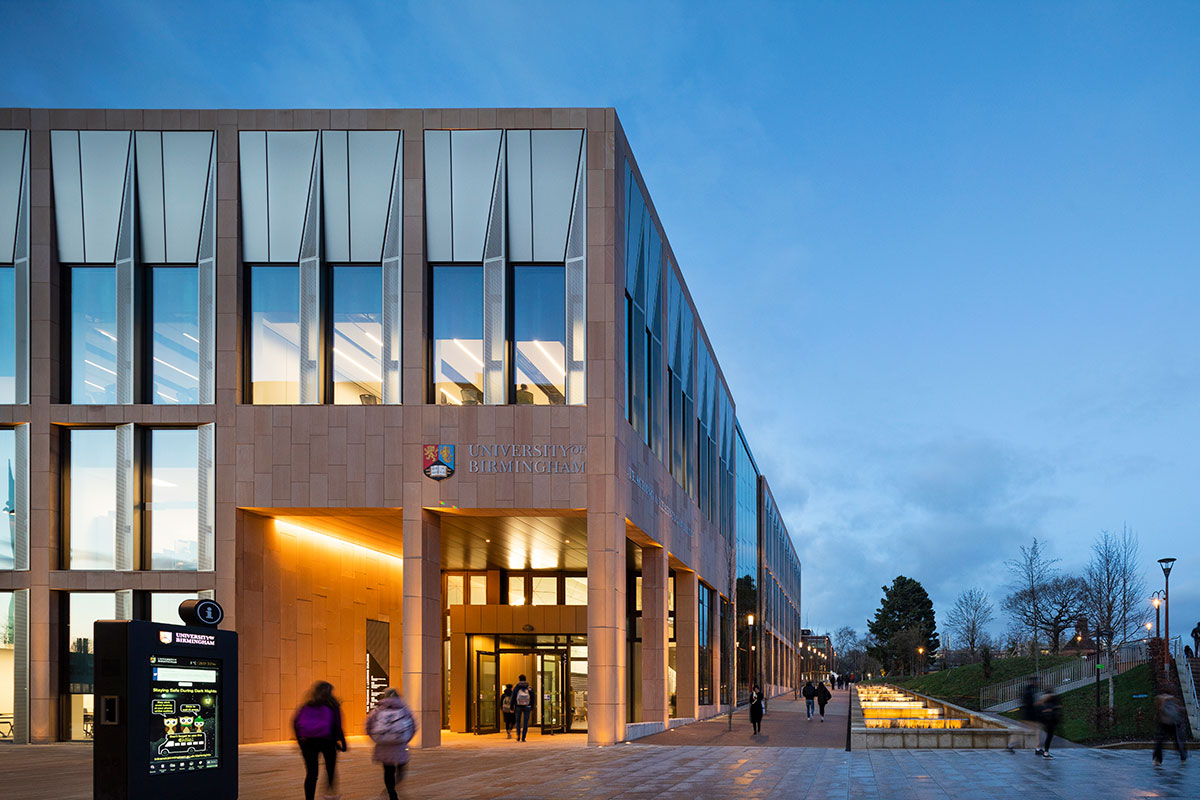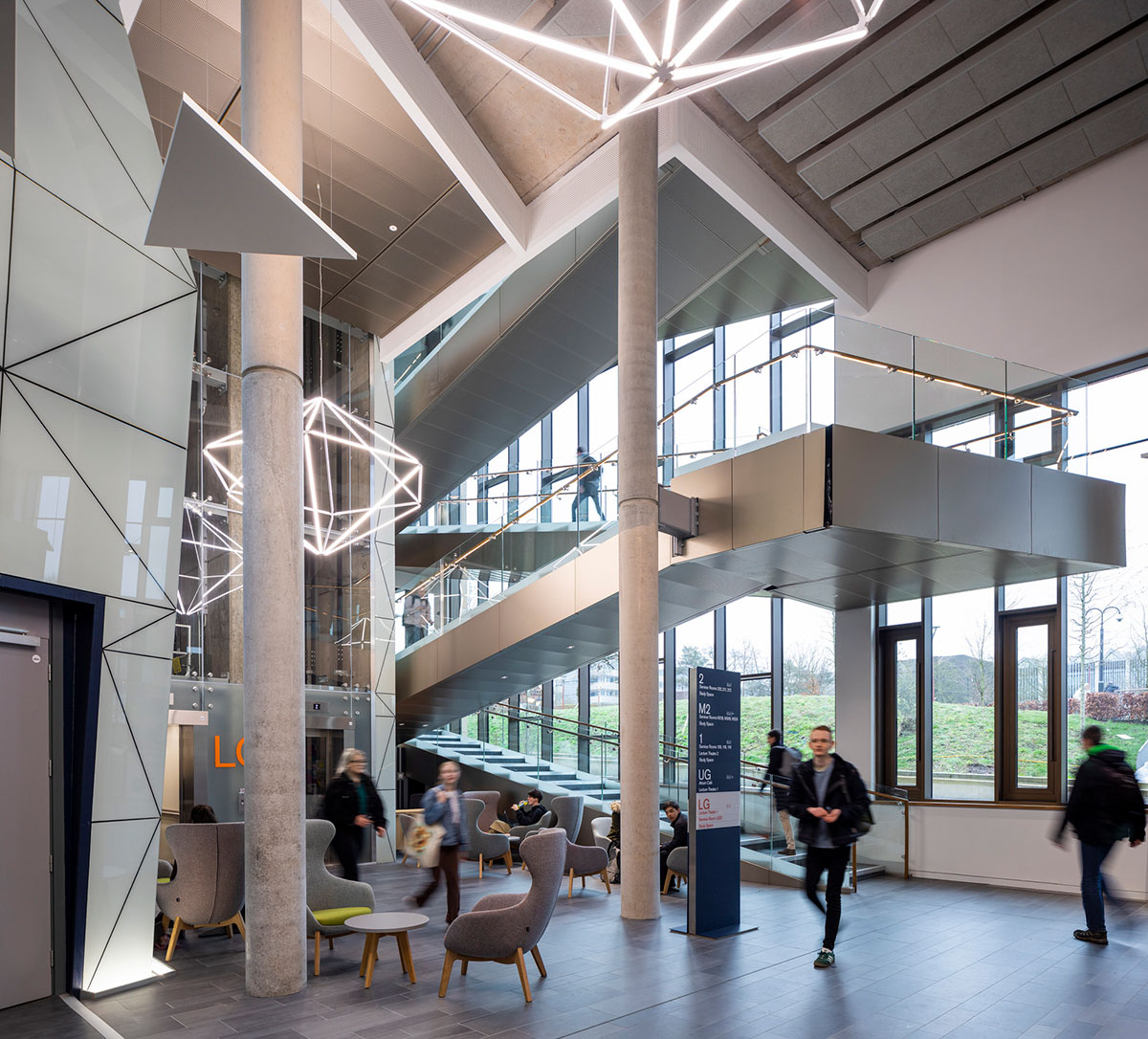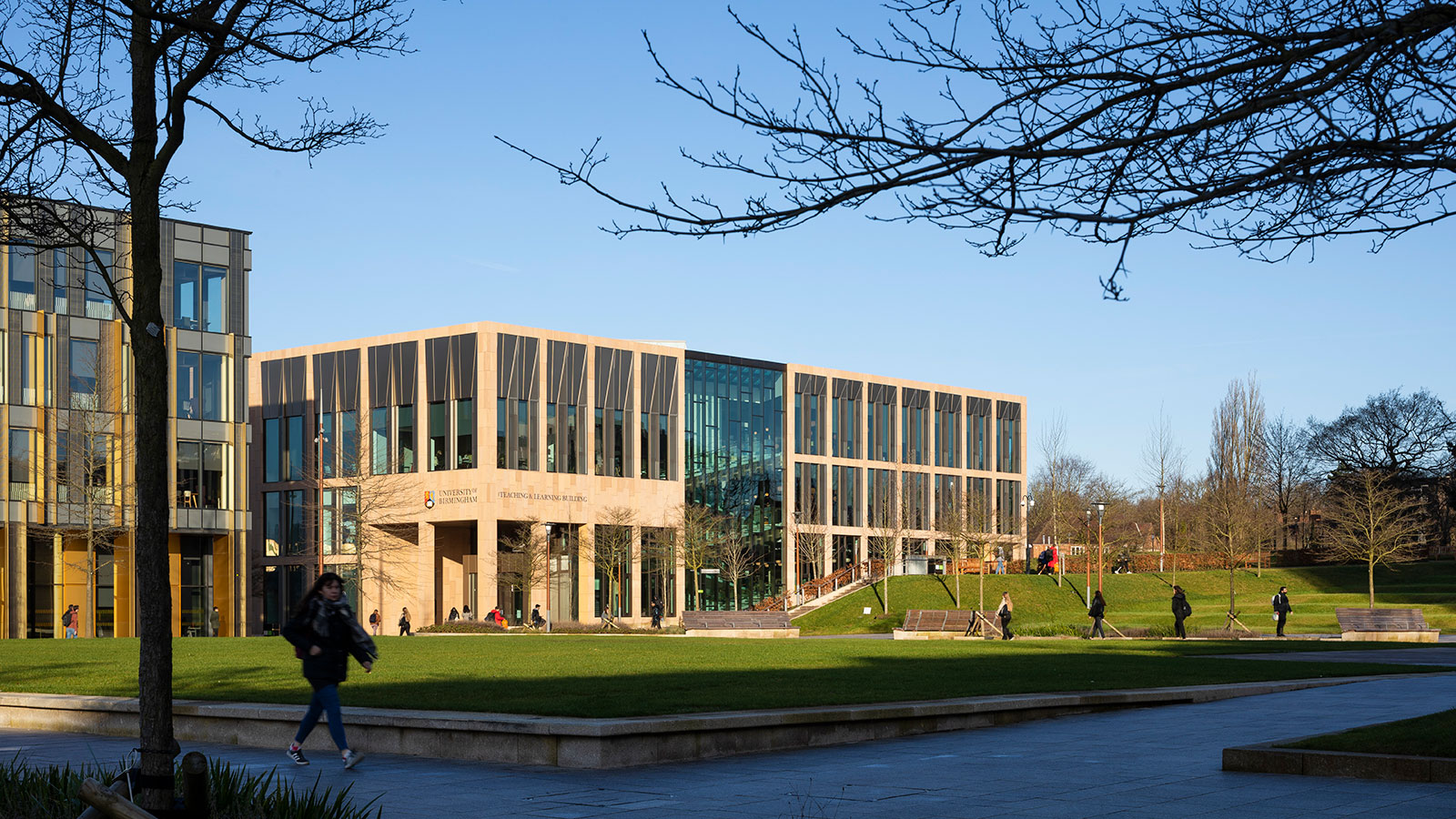#{Title}
#{Copy}

Svetlana Solomonova describes how the introduction of flexible, adaptive design before the Covid-19 pandemic has resulted in an easier transition to Covid-safe environments in the higher education sector.
At present, some universities find it difficult to create spaces that go beyond the practical requirements of students. And in the current climate, Covid-safe requirements and the emergence of online learning environments means higher education institutions are having to adapt, quickly. But where does this leave the innovative, convivial design that make higher education campuses great places to study, work and socialise?
The effect of the pandemic means the role of designers and estate managers at higher education institutions has evolved. The importance of creating places that bring students back to the campus, whilst keep them socially distanced and safe, cannot be understated. But as architects, how do we do this while retaining design concepts that go above and beyond simply providing the necessities?
We have to also consider an emerging concept that suggests we could create multipurpose facilities within campuses that work for both education providers and the local community. The recent lockdowns have mobilised mutual aid and volunteer groups which are helping those self-isolating and shielding. Communities are rallying around common, local, regional and national causes. People are looking for space to come together to support credible causes and university campuses are becoming a viable and safe mechanism to do so. They are becoming a force for good.

Therefore, more consideration needs to be given to creating collaborative, flexible mixed-use spaces. A siloed approach to delivering education facilities has to be challenged and we should be seeing fully integrated community spaces with outdoor and internal spaces that can be used by anybody at any point of the year.
But we also have to keep a close eye on changes in teaching and learning styles. We know that three-year courses and semesters could disappear and be replaced by an on-demand education model. So flexibility is the future.
It is this added flexibility that is helping us to adapt buildings to meet the Covid-safe requirements for new higher education buildings; applying operational and design principles gathered from rapidly evolving international guidance in response to the Covid-19 crisis. For example, we supported the University of Birmingham to develop an adaptability strategy for the new Teaching and Learning Building on its Edgbaston campus. The building is the university’s new flagship facility on an evolving campus and was used to pilot new social distancing measures before it reopened in September. At the heart of the building, is an iconic ‘crystal-like’ structure that houses a 500-seat traditional lecture theatre and a 250-seat collaborative lecture theatre set underneath an exposed glulam roof structure. The Crystal is surrounded by seminar rooms and open learning spaces for up to 1,000 students – providing areas for individual study and collaborative work, as well as a new café

The building was designed to mitigate the challenges posed by growing student numbers and to increase the quality of the learning spaces offered in a higher education environment, where students are both customers and learners. The facility provides a distinct new learning environment, promoting progressive learning techniques through a portfolio of vibrant study and teaching environments, encouraging students to inhabit the building beyond the formal timetable and promoting the university’s idea of a ‘sticky’ campus.
As the Covid-19 crisis hit, an initial capacity review of the building meant we quickly identified singular access and egress points and imposed an anti-clockwise one way circulation system, which was supported by the use of the roman stairs on the east and west sides of the building. The new measures also discouraged the use of lifts, designating these for use by users with restricted mobility only. One way systems were also implemented for access and egress in the lecture theatres and capacity in the seminar rooms was reviewed to ensure maintenance of social distancing.
Ultimately, with the social distancing measures in place, the facility remains fully operational with all spaces in use.
The embedded technology in the building itself enables the university to display digital signage internally and externally; digital totems are used to remind occupants of distancing best practices and individual expectations.
Of course, these are just some of the many measures in place and all Covid safety initiatives have required support from security teams, cleaning services and the university’s communications professionals to reinforce confidence in the return to campus - and these teams continue to deserve our thanks for their hard work and dedication.
Covid adaptability reviews of buildings and estates, like the ones we carried out at the University of Birmingham, will become the norm. The flexibility of the Teaching and Learning building with its generous accommodation stairs, multiple entrances, flexible floorplates and open circulation spaces was originally designed to encourage social learning and create a place where students feel safe, motivated and comfortable. Ultimately, these Covid-safe adaptations have enabled the building to continue to operate successfully and proves that with good building design comes the ability to respond to even the most unforeseen circumstances.
